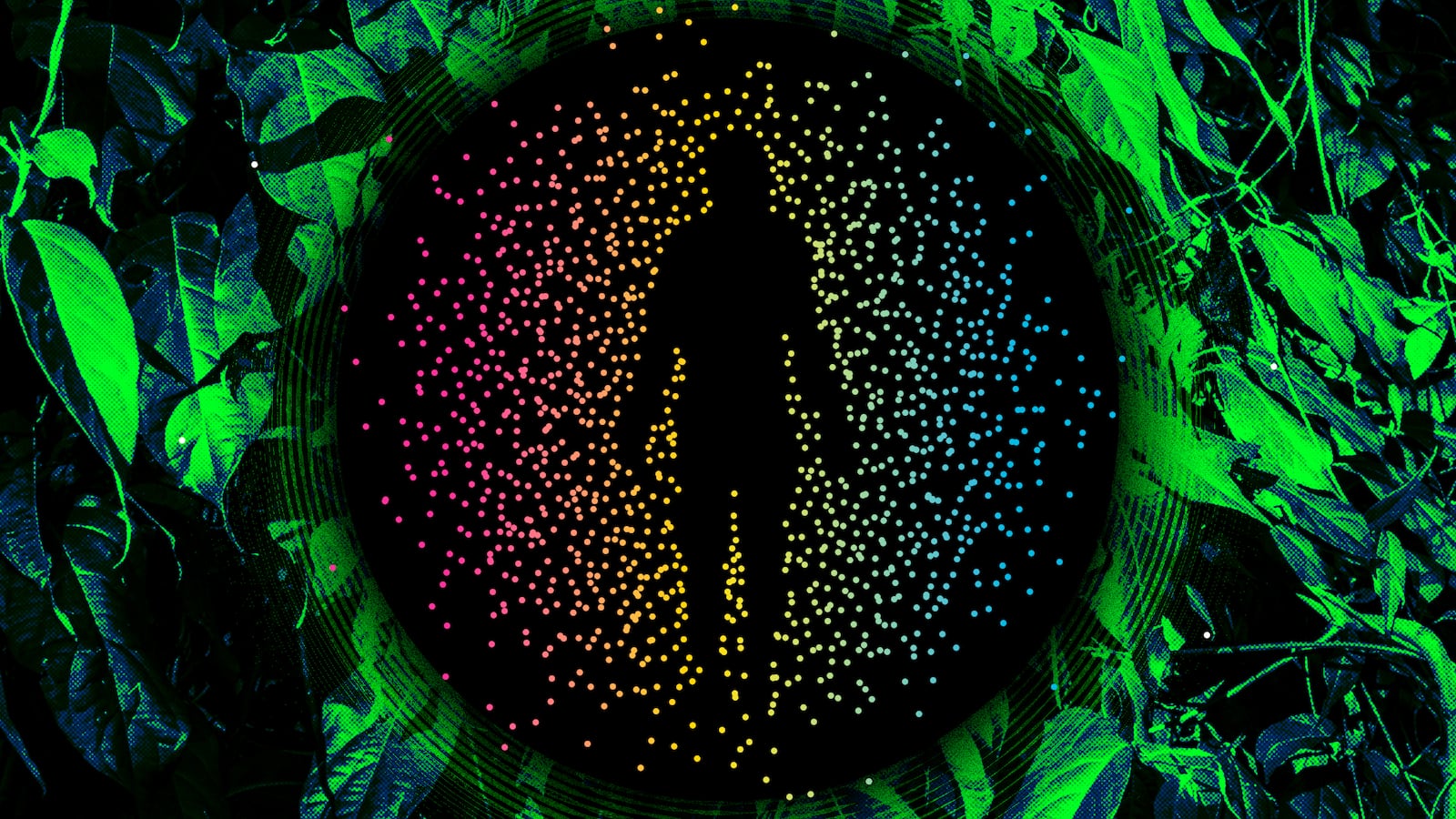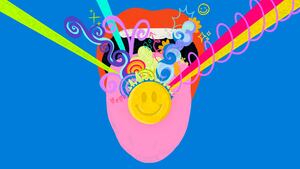Editor’s note: Rob Long is not a medical professional or licensed provider of psychedelics. He may, in fact, be high while writing this column. Nothing herein constitutes pharmaceutical advice or guidance, and should not be used to inform diagnoses or treatment.
When people ask me about taking ayahuasca, they really only want to know one thing: Did it make me throw up? So let’s get that detail out of the way first: Yes it did.
On the other hand, it didn’t make me s--t my pants, which is another distinct possibility.
Now, if that hasn’t permanently dissuaded you from the incredible and transformational experience ayahuasca can offer, here’s some more background.
Ayahuasca is a psychoactive brew long used for spiritual and medicinal purposes by indigenous peoples in the Amazon Basin. It typically contains Banisteriopsis caapi (a vine) and Psychotria viridis (a plant rich in dimethyltryptamine, a powerful hallucinogen). Taking ayahuasca is often intense; ayahuasca has a life and a mind of its own, so you have to be ready to let whatever needs to happen, well, happen.
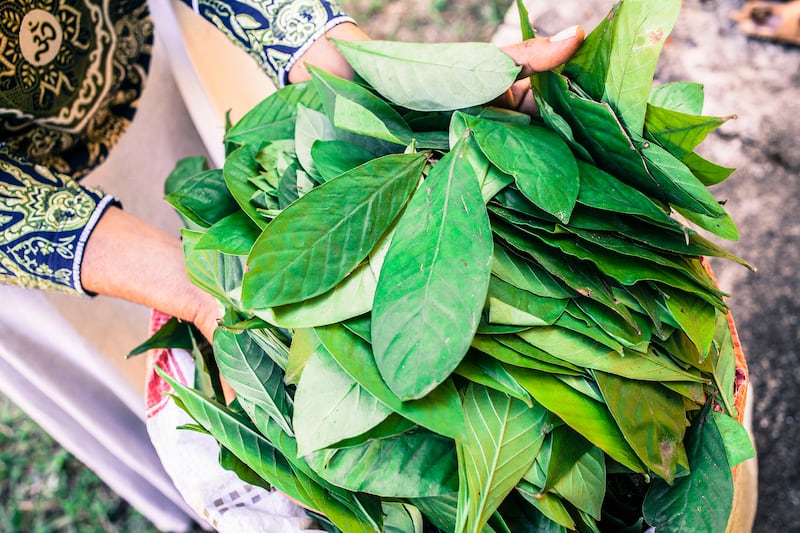
Leaves of the ayahuasca plant are prepared and cut for the brewing of tea.
Giulio Paletta/Education Images/Universal Images Group via Getty ImagesTo be clear, you’re never really out of control during an ayahuasca ceremony. Or at least, you’re not supposed to be. It’s a powerful and intense experience, of course, but if done in a way that’s respectful of the traditions and ceremonial framework of its original practitioners, you’ll feel secure and ready for whatever the plant wants to bring to you.
Put it this way: if you participate in an ayahuasca ceremony you will probably throw up, but you probably won’t throw up on yourself. (The same ideally goes for the other stuff too.) And if you choose the right place and people to do it with, you’ll have supportive facilitators and a bucket somewhere nearby. Trust that your body will tell you when you need to sit up to use it.
It's a trip, not a vacation
Ayahuasca is a powerful drug and it can be emotionally and physically overwhelming, so it’s a good idea to do a lot of research before you do it. What you’re looking for from an ayahuasca retreat is structure. Because within structure is safety; within a safe space you can really let it rip.
And also, throwing up can be an important part of the process. Often called la purga in traditional contexts, it’s seen as a cleansing or purifying moment. (More likely, moments plural.) In spiritual and medicinal practices involving ayahuasca, la purga is not merely physical; it can be a cathartic release of the negative stuff we carry around with us. That was certainly the case for me.
A few years ago I went to Costa Rica for a week-long ayahuasca retreat. The set-up was pretty simple: two nights in a row of traditional ayahuasca ceremonies, a night off to settle and reflect, and then two more nights. At nightfall, we all gathered in the thatched hut, and one by one the presiding curandero—also known as a shaman—called us up and offers us a cup of ayahuasca.
For the record, it has a distinctive, terrible, taste. Imagine putting some tree bark in boiling water along with an old sneaker and a black Sharpie pen. That’s the basic flavor profile.
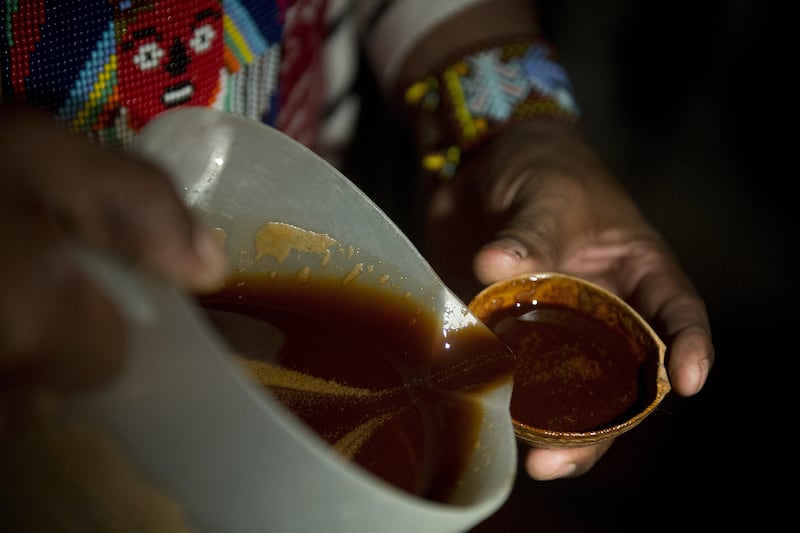
A cup of ayahuasca tea is poured during the start of a ceremony in La Calera, Colombia.
Eitan Abramovich/AFP via Getty ImagesI spent the first evening thinking about my father, who had died six months before; the hour or two I spent weeping quietly on my mat was incredibly healing—joyful, even. I didn’t throw up or feel too weird. I slept well that night and woke up the next day feeling ready for another round.
On that second night, though, a few minutes after taking my dose, I started to feel like I had made a terrible mistake. I was sweaty, sick to my stomach and I just couldn’t get comfortable on my mat. My mind was all over the place, swirling with painful, baffling memories, things floating in my vision just beyond focus. I began to hate the experience.
And it got worse. A major part of a traditional ayahuasca ceremony involves ritualized singing by the curanderos. These songs—called icaros—are specific to each curandero; they move around the circle of participants, stops at each sweating, miserable person and warbles his or her special, tuneless, incomprehensible track over and over again. My mind was reeling from a combination of memories, psychedelic visions, a sense that the ground was moving beneath me, and always, always the screechy sound of the icaro. An hour in and I was ready to scream: Will someone please shut this fucking Inca up?
But I didn’t, mostly because at a certain point I found myself perched over that bucket placed at the foot of my mat, hurling whatever was inside me with a noisy and satisfying roar. I have no idea which cookies I was tossing—I hadn’t eaten much that day—but I was glad to be rid of it. When I was done, I felt triumphant. I took a deep breath and spat into the bucket as if to say, Take that! And then the ayahuasca reminded me that it was still in charge and I felt a few more heaves, before falling happily back onto my mat.
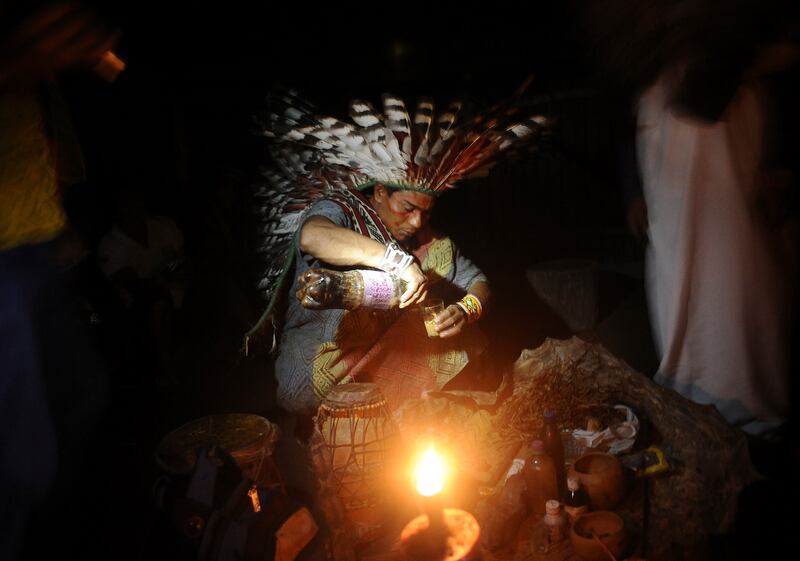
Ayahuasca is prepared for use in a healing ritual, in the village of Novo Segredo along the Envira river, Brazil.
Lunae Parracho/ReutersWhat had I thrown up? Everything inside me, I decided, that wasn’t me. For most of my life I had carried around as many different versions of myself as I could. I had a version of me for just about every person and compartment of my life. It had gotten very full in there over the decades. There was a reason I was so physically uncomfortable under the influence of ayahuasca—I was physically uncomfortable all the time, but I had gone on so long that way I didn’t even notice it. Finally, at 55, in a thatched hut in Costa Rica, under the influence of a mind-bending drink, I let it all go. In that moment, the curandero at my side sounded to me like the greatest singer in the world.
And, again, I did not s--t my pants. But that would have been OK, because one of the great things about ayahuasca and psychedelics more broadly is that they can teach wonderful, hilarious lessons about the pointlessness of shame. Part of the reason a lot of us are drawn to ayahuasca in the first place is because we worry too much about stuff like that. We worry too much, in a sense, about being human. Ayahuasca can have many positive effects, but one of the most powerful to me was that it helped me to stop being afraid to be a living, breathing, flawed human being. That’s how it works for me, anyway. And maybe for you, too.
Next week: dinner party acid, sick buckets optional. And as always, feel free to send your questions to me here—rob.long@thedailybeast.com.
Rob Long is a television writer and producer and author of three books. His weekly podcast, Martini Shot, is available everywhere.
Anyone seeking medical advice should contact their doctor or a health professional; anyone seeking support for depression or suicidal thoughts should reach out to the National Suicide Prevention Lifeline by dialing or texting 988.

